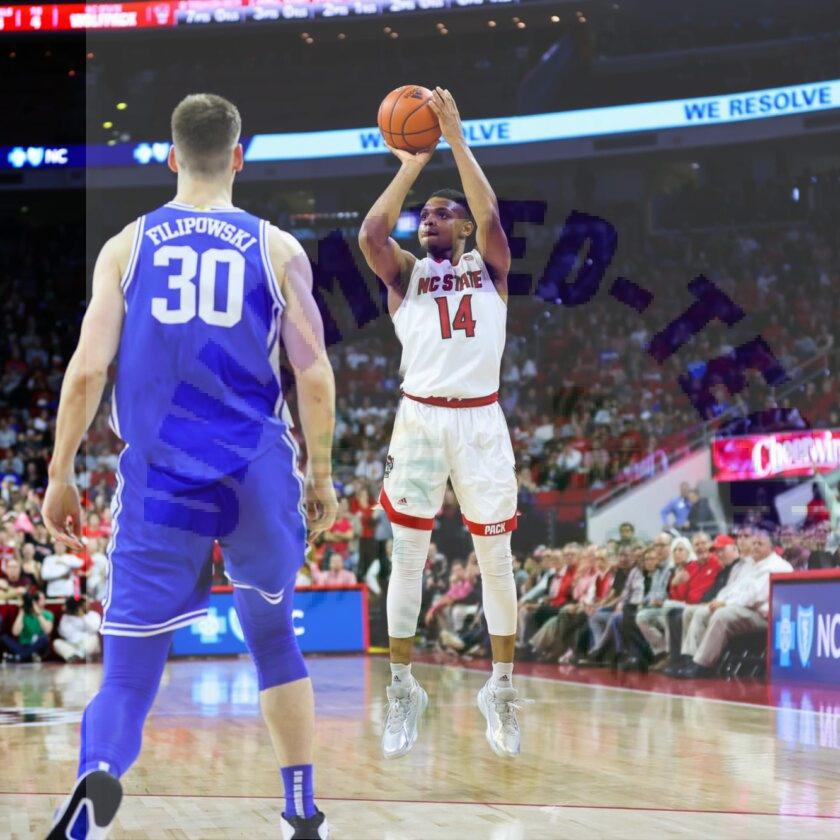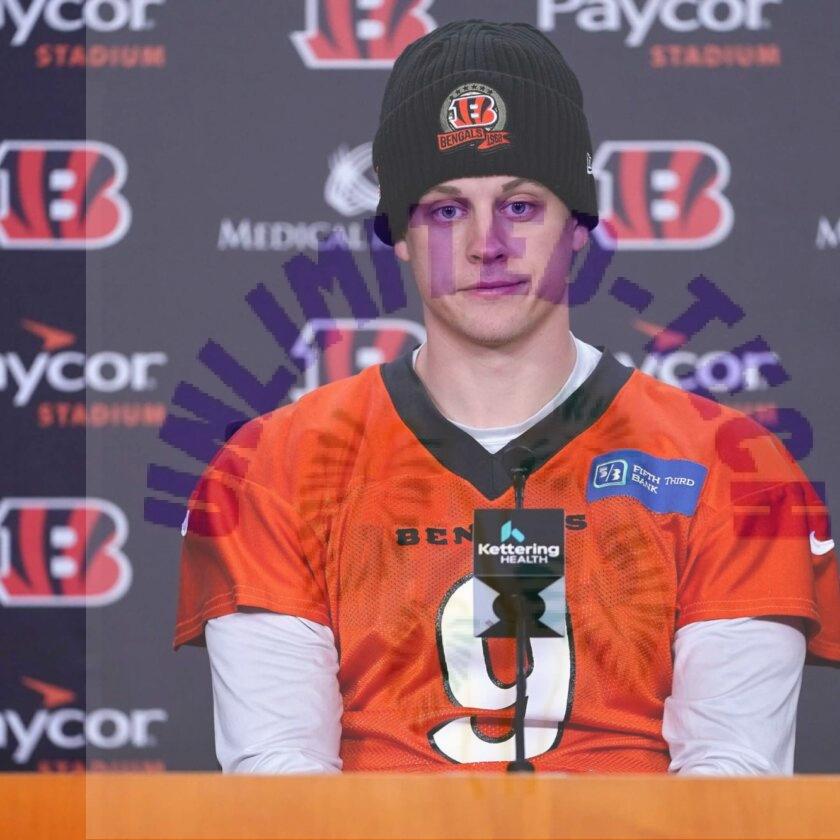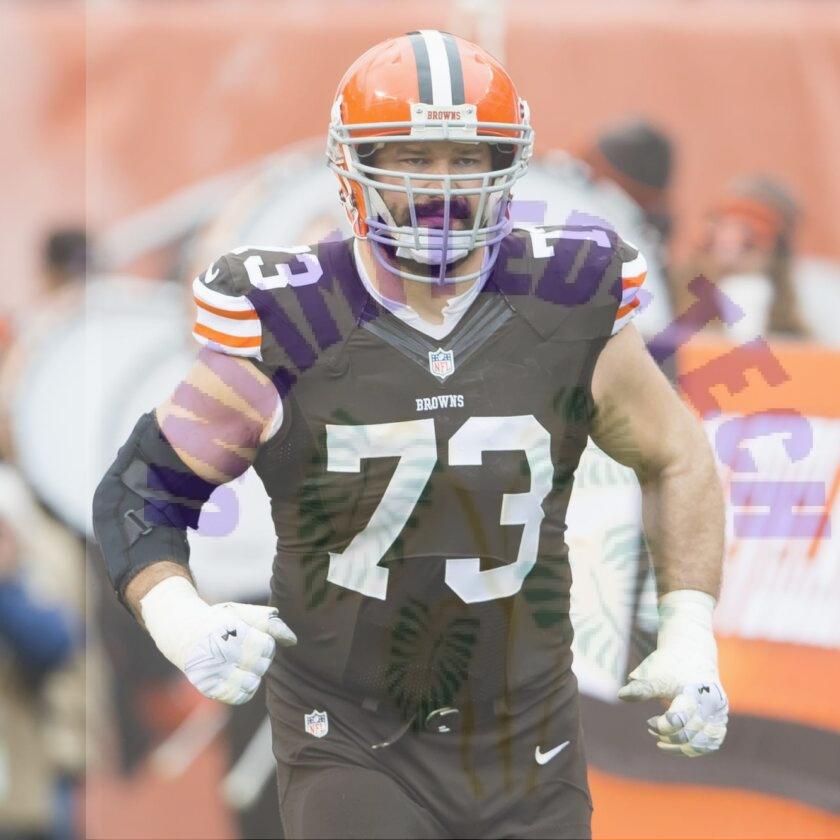Allegations of cheating at Red Bull Racing this year’s Formula 1 season are rife. Here’s what you need to know about the cost cap claims.
Formula 1 is unique to other sports in that the machines required to compete – in addition to normal human capital costs such as salaries and talent acquisition – are incredibly expensive. As such, the history of the sport has been determined by big spenders. The victors, traditionally, are those who have the money to spend and do so frivolously.
Of course, teams that have to operate economically can sometimes spend smarter and earn less money, but they rarely operate at the top of the sport for long periods of time. Money always wins.
In 2021, F1 implemented a cost cap. Here’s what the cost cap is, why it matters, and how it relates to the latest cheating allegations thrown at Red Bull Racing.
What is the cost cap in F1?
F1’s cost cap can be likened to the salary cap in other leagues.
The cost cap mechanism prevents teams from spending above a certain amount on their vehicles each year. This creates an artificial parity between teams with different financial support.
Why does F1 need a cost cap?
The need for a cost cap in Formula 1 is due to the huge range of budgets teams would have if there were no cost caps at all.
Compare the sport to something like the NBA. In the NBA, in order for your team to focus on winning, you simply have to acquire talent. Basically, you need a good general manager to put together a good coaching staff and a good roster. In general, most NBA teams generate revenue in the same way: tickets, merchandise, paddock and jersey sponsorships, and other similar streams.
In F1, it’s a lot different. Expenses are on talent, but one of the critical items is your car and engine, and they are very expensive things.
On the other end of the income statement is the revenue, which is very different from the standard approach in other sports leagues. Some teams get significant revenue from sponsorships. Some teams are racing teams only (like Williams), some are extensions of car manufacturers (like McLaren) and some are various subsidiaries of brands located in different markets (like Red Bull Racing).
Some teams have paid drivers, meaning the drivers themselves are incredibly wealthy or come from affluent backgrounds, and a large portion of the team’s revenue comes from donations that pay more or less for a driver’s seat in one of the team cars (Esteban Ocon at Alpine is an example). strong).
Because income varies greatly from team to team, huge variances exist in resources. This is even more true in times like a pandemic. Red Bull’s overall business model (the drop-off company, not the race team) has affected much differently during stops in the race than a team that only serves as a race team.
What is the cost ceiling for Formula 1 in 2022, and what counts for it?
The cost ceiling for Formula 1 in 2022 is $140 million.
There are many expenses that it’s not Included in the cost cap. They include driver salaries, the three highest paid employees, travel costs, marketing spending, entrance fees, and employee bonuses, among other things, at Motorsport.com.
Most of the auto parts costs directly to the machines regardless of the number of engines under the cost cap. Motors are restricted by their cost regulations.
What happens if the F1 team exceeds the cost cap? What are the penalties?
Teams are given a bit of leeway with the cost cap. Technically, teams won’t be penalized too much for over-maxing if the spending is deemed immaterial. For its purposes, the materiality level includes the total expenditure above 5% of the cost ceiling.
The maximum cost jury reviews such cases and assesses penalties for each specific case, which means there are no final penalties. It can range from a fine to points deduction to removal from the creator’s tournament altogether.
The committee also states in its documents that it will consider the issue of tightening And the mitigating factors. Depending on the situation, qualitative factors can make breaking the 5% relative importance threshold less (or more) a trade.
Why is Red Bull Racing accused of cheating on Formula One’s cost cap?
The FIA said Red Bull Racing breached its $145 million cost cap in 2021. RBR won the Constructor’s Championship that season.
McLaren CEO Zak Brown wrote a letter in light of the fraud, essentially diverting public rhetoric against RBR while the FIA investigation continues, highlighting the whole situation. Brown, according to The Athletic (subscription required) He said he didn’t mention any difference specifically But he was generally writing to the FIA. Brown gave the message to all teams except RBR.
Christian Horner, president of RBR, denied the allegations and noted that the reported numbers ($1.8 million being the number being traded) were incorrect. $1.8 million would be only 1.2 percent of the total cap, well below the 5 percent materiality threshold. Therefore, this is considered a “minor” breach.
According to RacingNews365, the team was $4 million under the cap, but overshot it due to a $5.8 million expense list that it wasn’t aware of or didn’t anticipate.
- $800,000 in gardening leave and sick pay
- $1.2 million in catering costs
- $3.8 million for UK spare parts and taxes
It is interesting that, according to Financial Regulations Section 3, Subsections v and w, sick leave is not counted within the cost ceiling in the first place, so it is interesting to know where these numbers come from.
[ad_2]




